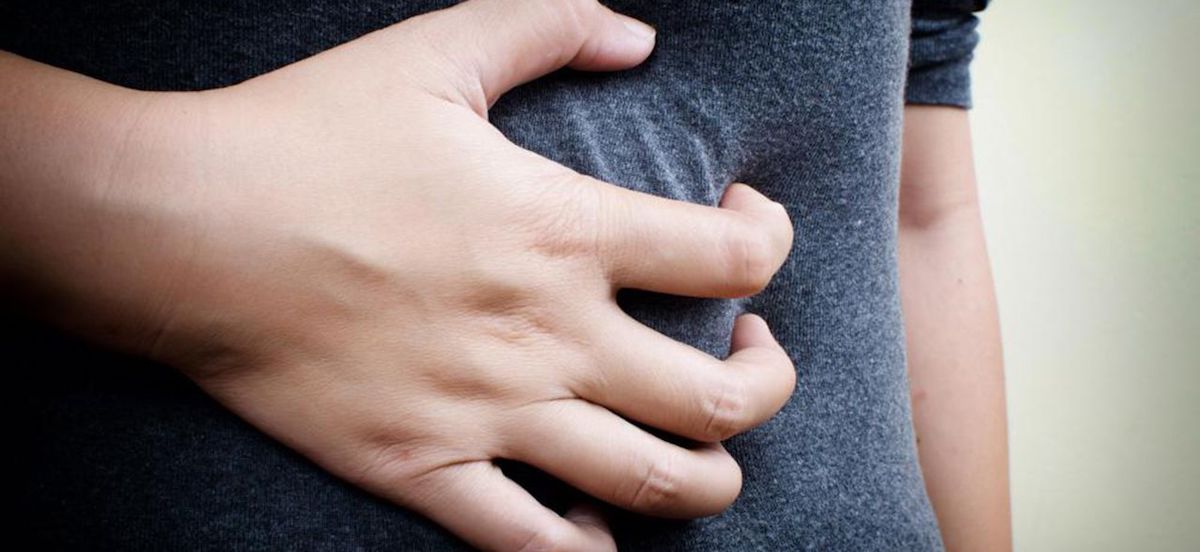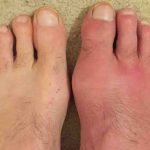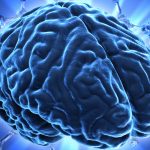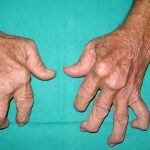Diverticulosis is a painless condition characterized by diverticula (pockets) forming in the wall of the large intestine. The diverticula are located in areas where the large intestine’s outer wall is weak making the inner wall to bulge forming a pocket. Research studies haven’t pinpointed a single cause for diverticula although diets low in fiber have been identified as significant contributors.
Diverticulitis occurs when the pockets (diverticula) become inflamed or infected. The condition can affect you without your knowledge; however, it is hard to ignore because it causes a variety of digestive problems as well as pain. The disease is treated depending on the severity. Mild cases are treated with dietary changes and antibiotics. Severe cases require hospitalization or surgery in worst case scenarios.
Abdominal Pain

Abdominal pain (specifically in the lower abdomen) is a very common acute diverticulitis symptom. Although the pain can affect both sides of the abdomen, the left side is more susceptible to pain. The pain is described as abdominal area pain radiating to the lower back. The pain is also described as sharp and severe or similar to pain caused by cramps. Other people describe the pain as a persistent ache which worsens over time. Moving or wearing tight clothing like waistbands can worsen the abdominal pain.
Diverticulitis-related pain is thought to originate from an inflammation response which causes tissue erosion and subsequent irritation on and around the affected area. The pain is also linked to enclosed pockets of infection known as abscess which can develop. If tissue erosion results in a large opening capable of perforating the intestinal wall, a more severe and painful infection (peritonitis) can follow. Peritonitis is caused by bacteria entering abdominal cavity that would be ordinarily sterile causing infections in the peritoneal lining.
During a medical evaluation, doctors usually assess pain levels and conduct tests to identify the source of abdominal pain.
More from Things Health
-
Symptoms of Gout
Gout is a form of inflammatory arthritis characterized by recurrent attacks of a red, tender, hot, and swollen joint. Pain typically comes on rapidly in…
-
Symptoms Of Epilepsy
Epilepsy a neurological disorder marked by sudden recurrent episodes of sensory disturbance, loss of consciousness, or convulsions, associated with abnormal electrical activity in the brain.…
-
Symptoms Of Ovarian Cancer
Ovarian cancer is often referred to as a quiet disease as it usually isn't discovered until it is in the advanced phases. In nearly all…
-
Symptoms Of An Ulcer
A peptic ulcer is an open sore in the top digestion tract. Both primary kinds of peptic ulcers, a gastric ulcer, which forms in the…
-
Symptoms Of Rheumatoid Arthritis
Rheumatoid arthritis is a chronic autoimmune illness, which accompanies irritation of the joints and apparent deformities. Maybe a virus, causes an attack on the synovium…






